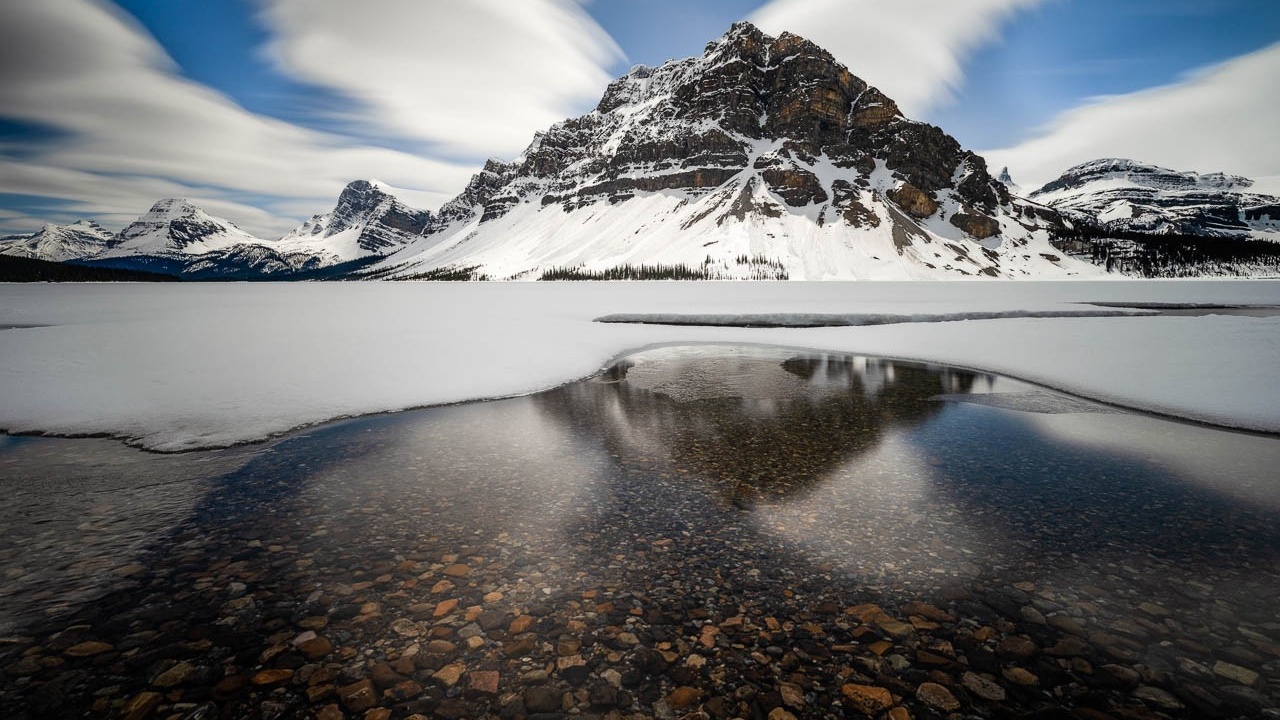
My Favourite Post-Processing Programs and Why
Jun 14, 2022Many options are available to the photographer today for cataloging and post-processing photo files; sometimes, those choices can become overwhelming. As a result, I am often asked, "What post-processing program do you use?"
I certainly have my favourite post-processing programs, yes programs, not one single program. So today, I'm sharing which post-processing programs I use for my photography, why, and what I recommend for beginners, intermediate, and advanced photographers.
1. Lightroom Classic
The Adobe Creative Cloud Photography Plan is my go-to subscription for most of my post-processing needs.
Lightroom is a fantastic standalone post-processing program. Its interface is intuitive, and the post-processing workflow options for images are substantial. I highly recommend beginning with this program if you are new to post-processing. Lightroom is an excellent place for all beginner photographers to start when exploring post-processing.
The intermediate and advanced photographers are likely already familiar with the power of Lightroom. I use Lightroom to catalogue and store my images as I like the organization inside this program. I also use Lightroom in the initial preparation and editing of all my RAW photo files. Lightroom is also my sole choice in RAW file management and processing for images I intend to turn into video timelapse.
2. Photoshop
Following initial image preparation in Lightroom, I move my images into Photoshop, where the core of my post-processing is completed. I use Photoshop because some techniques and tools inside this program are unavailable or not as advanced inside Lightroom.
Some new photographers may find Photoshop a bit intimidating, although I assure you once you learn the steps to achieve an outcome, you'll be amazed at the power of this program. Inside my signature landscape photography workshop, The Art in Landscape Photography, I teach post-processing techniques inside Photoshop.
As a side note, ACR (Adobe Camera Raw) is the sidecar RAW file processor for Photoshop. ACR behaves and looks a lot like Lightroom. Therefore some photographers choose to use ACR instead of Lightroom. The advantage of using Lightroom in your post-processing workflow is cataloging, storing, and non-destructive editing.

ISO 31, 15.5mm, f13, 180 seconds
3. Starry Landscape Stacker
Starry Landscape Stacker is my go-to application when post-processing many of my night landscape images. The techniques I choose to use in the field when capturing nighttime landscape images complement the algorithms inside Starry Landscape Stacker and help me create high-quality photos in the dark.
I use Starry Landscape Stacker to blend multiple sky exposures and reduce noise in my nighttime landscape images.
This program is excellent for the intermediate through advanced photographers looking to fine-tune and elevate the outcome of nighttime landscape images.
This application is for MAC users only. However, Sequator is the comparable Windows version of this program.
4. StarStaX
StarStaX is a fun and creative program for stacking and blending multiple star images into a single photo, with the primary intention to create a picture filled with star trails. However, this program also serves purposes beyond that function when blending or reducing noise in night images.
StarStaX is a free program; therefore, it's worth using at all levels of photography. In addition, there are fantastic tutorials on how to use this program online, which makes learning this program not all that difficult.
5. DaVinci Resolve
DaVinci Resolve is newer to me, and I'm still discovering the power of this FREE. Yes, I said FREE program. I've been focusing on growing my timelapse and video skills in my photography and teaching photography journey. I enjoy using DaVinci Resolve to create my timelapse videos and any video work I create.
This program is intuitive and not all that challenging to use. The editing options available to the user are outstanding in the free version, and I highly recommend this program for the newer through intermediate timelapse and video photographers.
Alternatively, if timelapse photography is something you are regularly into or want to focus on, you might want to jump straight into Adobe software After Effects and Premiere Pro.
6. LRTimelapse
My suggestion for the gold standard for post-processing advanced timelapse photography is LRTimelapse. This program offers exceptional advanced options for post-processing time-lapses with professional results.
It's possible to post-process a simple timelapse in Lightroom and DaVinci Resolve, so if you're experimenting with basic timelapse, LRTimelapse might not be necessary. However, as you develop your timelapse skills, I recommend thinking about incorporating LRTimlaspse into your workflow.
Photography is so much more than capturing a photo in a camera. Post-processing is exciting and a part of photography that I enjoy. It's inside post-processing that I have the opportunity to infuse my vision for an image or series of ideas. I hope you'll explore some of these programs and their incredible power as you create photos and beautiful memories into works of art that you're proud to share and print.


